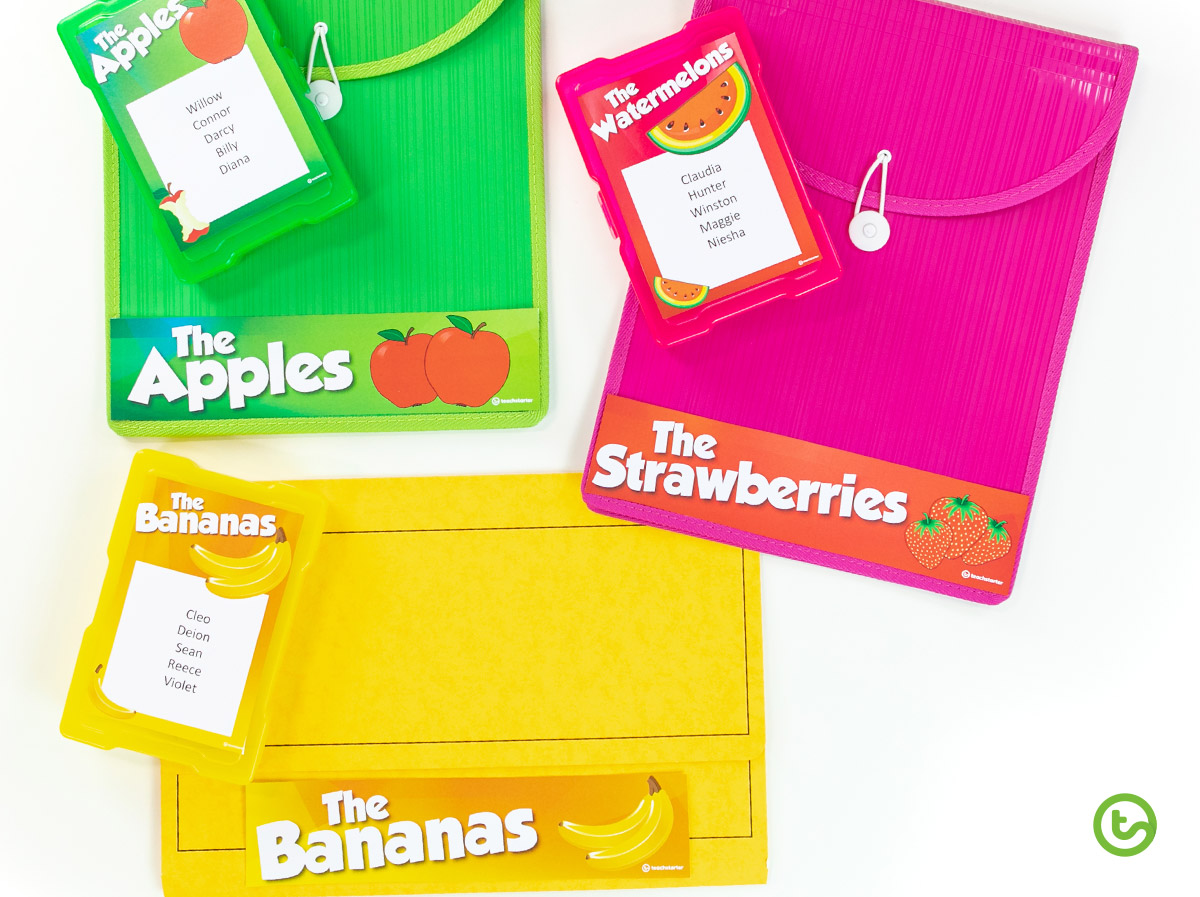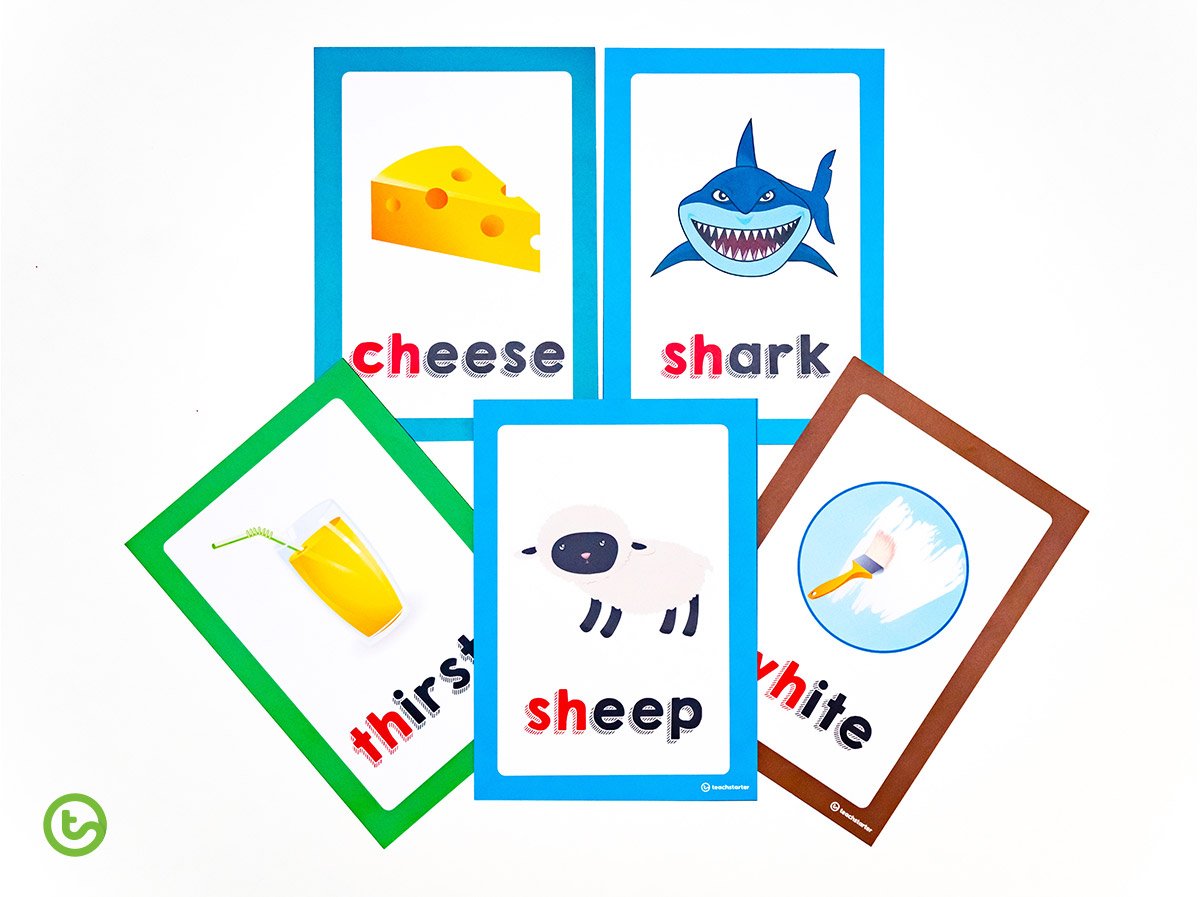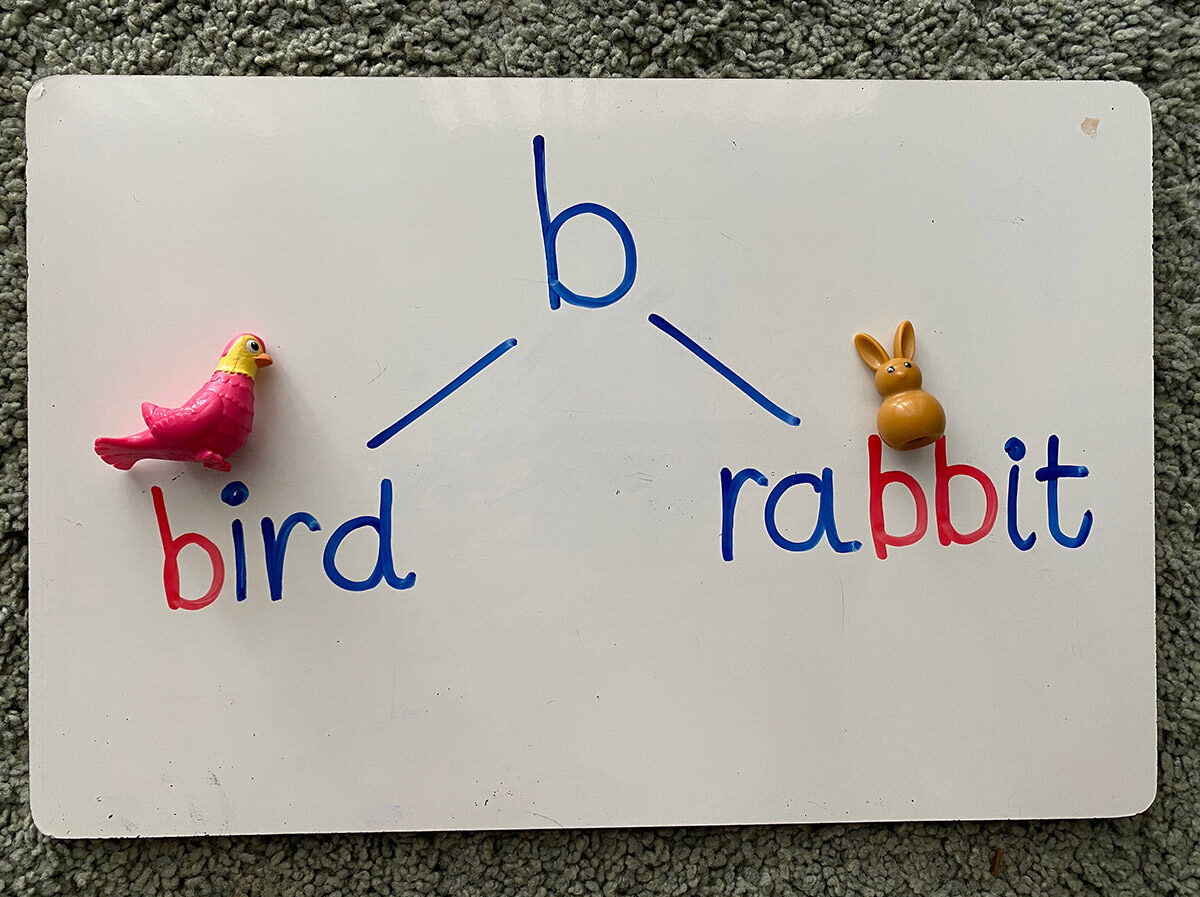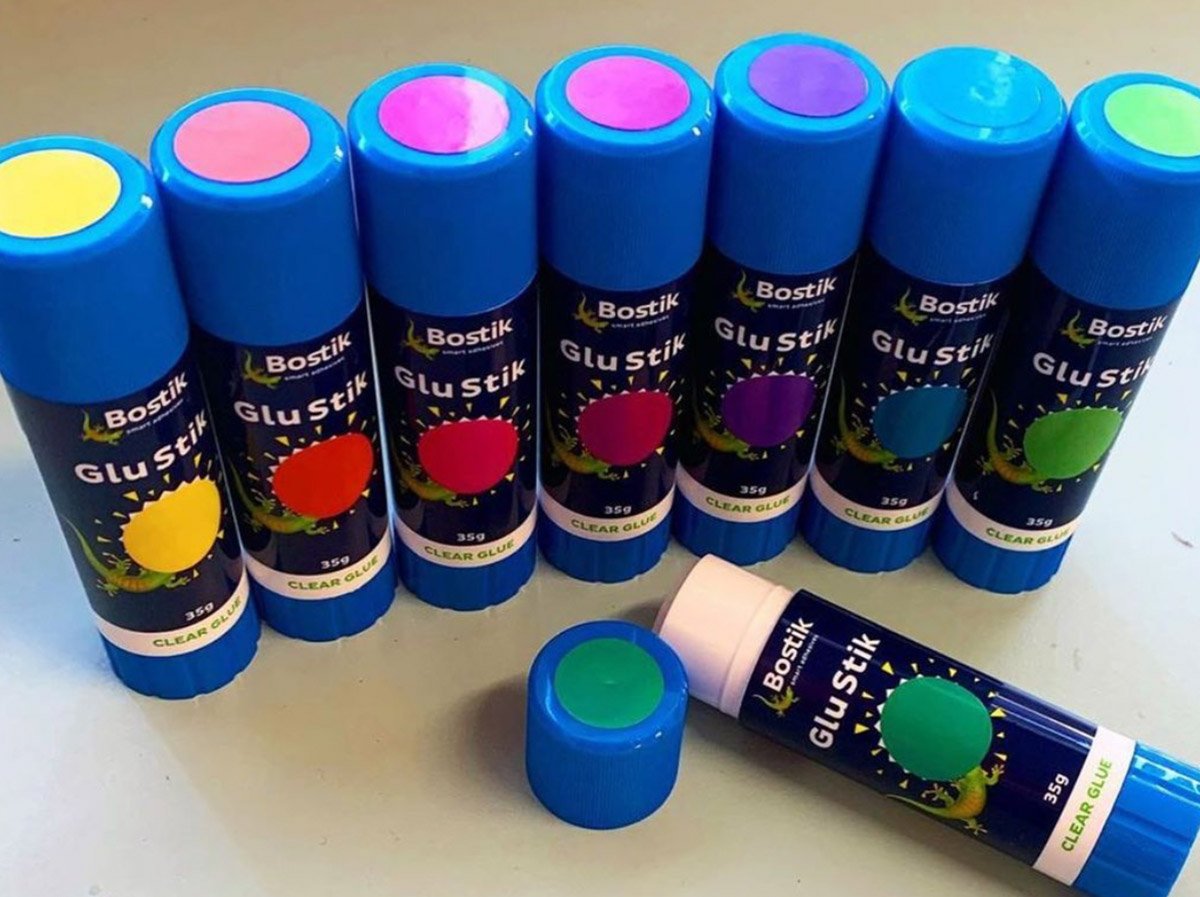Why do teachers love colour coding in the classroom?
From a beautiful pack of colourful Sharpies to using highlighters to colour code tasks in teacher planners – we all have a bit of an obsession with colour, don’t we? I even asked our teaching Instagram community if they LOVE colour coding, out of 259 respondents, a massive 84% said: “You bet!” So, I know I’m preaching to the converted as I tick off my to-do list with my green highlighter (green for done of course). If you are one of the many teachers that love a bit of colour in their lives – this blog featuring colour coding ideas for the classroom is a must-read!

Shutterstock.com / ShutterStockStudio
Apart from the fact that colour coding makes things look pretty, research has shown that colour coding helps the brain by increasing recognition and recall of information. So, apart from it being a little bit of fun for students to highlight those nouns, there is actually proven evidence to state this is helpful for your students!
Inspirational Colour Coding Ideas for the Classroom
The sky’s the limit with colour coding in the classroom… activities, displays, hands-on learning and worksheets! So, hold on to your highlighters… here are some super awesome colour coding ideas for the classroom!
Colour Coding Classroom Displays
Using colour when designing your classroom displays is one way you can incorporate the use of colour in your classroom to help students recall and recognise information. For example, you may be teaching your little learners about nouns, verbs and adjectives! By displaying this poster which uses red and an example of adjectives on red paper, you’re instantly associating adjectives with the colour red.
You can then do a follow-up activity where your students underline all the adjectives on a piece of text with a red pen!
Here are some other posters where colour could be used as a learning tool:
[resource:1784394][resource:26218][resource:3039][resource:20126]
Colour Coding on Worksheets
Another way to use colour coding in student activities is to use colourful highlighters for particular words or parts of information. Make boring old worksheets more engaging by incorporating the use of colour! Students just love using highlighters so it’s a win-win really!
In this example, we have used our Monitoring Comprehension Worksheet and used different colours for each symbol featured on the worksheet!
Here are some other examples of worksheets where you could use colour:
[resource:24553][resource:78076][resource:72362][resource:4371795]
Colour Code Small Group Organisation
Make group work, English groups, or maths rotations that much easier by incorporating colour into the organisation!
We have used our Fruit Grouping Posters and Fruit Tray Labels to label these folders and task card containers – all in the same colour. This allows for a more seamless collection of activities for each rotation. For example, the Apples group will always know to get the green folder or green task card container!
Small additions of colour to group organisation can make a huge difference when it comes to classroom management.

Colour Coding Student Books
Colour dots on books! Works marvelously, especially in the younger years when you are trying to identify a variety of student books.
For example, add the same coloured dot on all of your students’ English books, let’s say – yellow! This book then becomes their ‘yellow dot’ book and they will easily be able to see it and get it our rather than spending time looking through all of their books. And we know how long that can take!
Using Colours for Phonics Instruction
During phonics instruction – you may find using a different colour for a particular digraph or grapheme may assist your students to identify it more easily. For example, in these flashcards, the digraph that each set of task cards is focusing on is red. This makes it visually easier for the students to see the two letters that come together to make that particular phoneme.

Here are some of the sets of these task cards:
[resource:23534][resource:23528][resource:23502][resource:23409]
Here’s another example of how colour could be used for phonics instruction by using blue and red whiteboard markers to show the two different ways to spell the ‘b’ sound on a mini whiteboard.

Shutterstock.com / Nilobon Sweeney
Traffic Light Colours
The use of red, green and yellow is often used in the classroom due to its instant recognition of red – stop, green – go and yellow – pause!
Colour Coding Those Glue Stick Lids!
Ok, this one is for a bit of fun – but really does serve a purpose! Prevent those glue lids from falling into that black hole in the classroom by colour coding them with coloured sticky dots!
Thanks to @teachingwithmissle for this awesome photo and idea!

Keep it Simple!
It’s easy to get caught up in the excitement of colour-coding everything! Be careful not to overcomplicate it for your students. Always make sure it is helping your students rather than confusing them! And, one more point: colours should remain consistent. For example, if you picked red to identify adjectives – red should always be identified as the colour for adjectives throughout the school year!







Hi. I just wanted to mention the issue of colour blind children. I have a son, brothers and more relatives and friends who can have difficulty recognising similar shades of red/green, orange/green and blue/pink. But I love colour coding! I never really hear about colour blindness at school. Does anybody else have experience with students in their classes?
Hi Beth, Thanks for your comment. You raise a very good point! We're keen to hear any experiences our Teach Starter members would like to share. Colour blindness at school could be a good topic for one of our future blogs. If you think this is a good idea, you can always request a blog at our 'Request a Resource' page. https://www.teachstarter.com/request-a-resource/